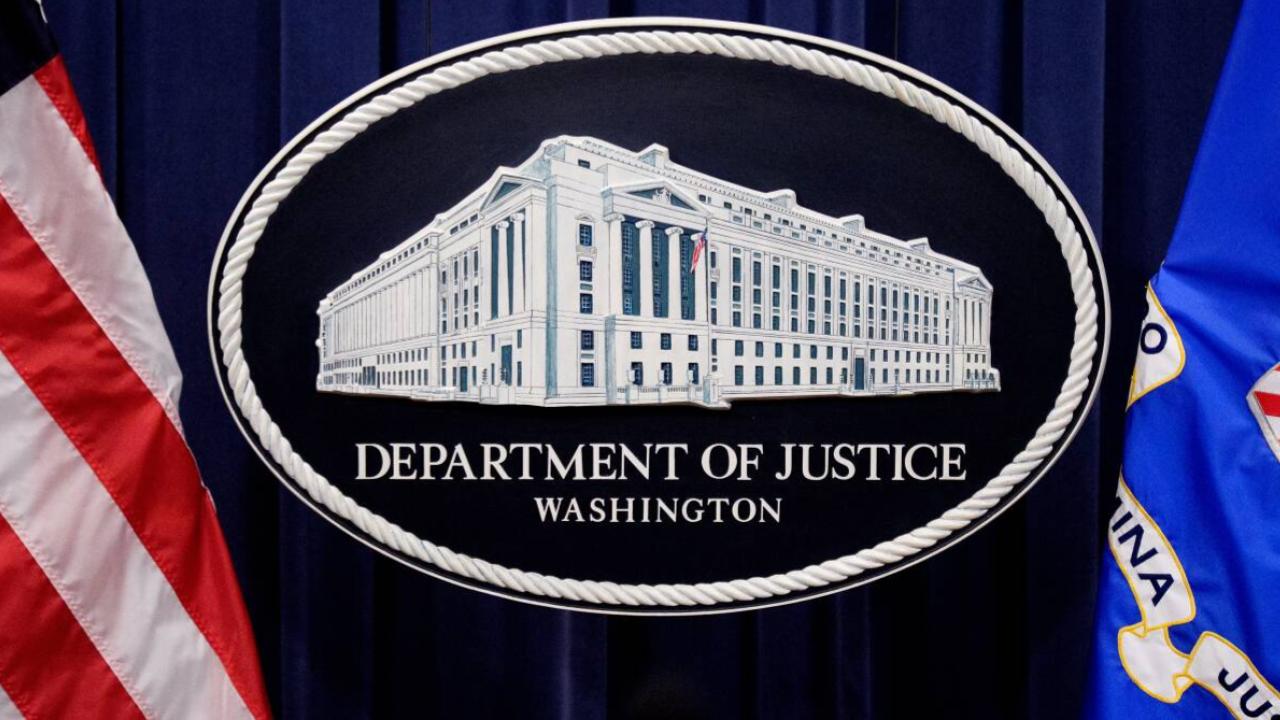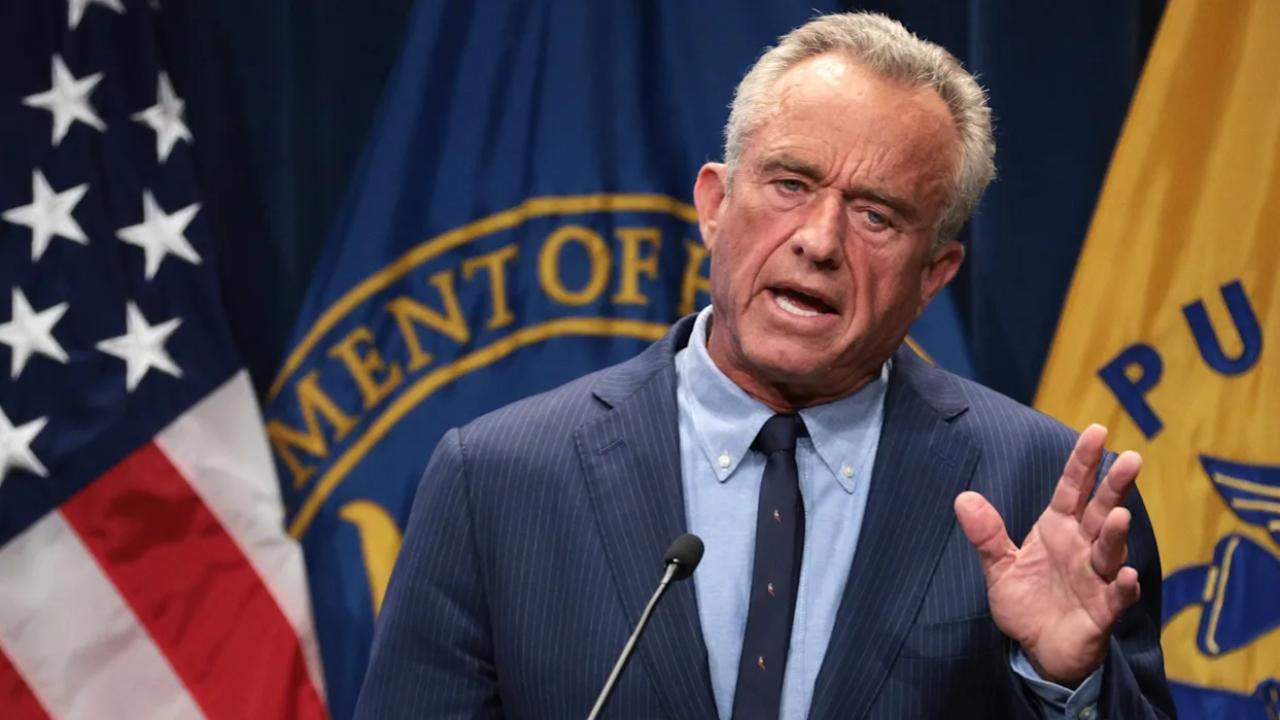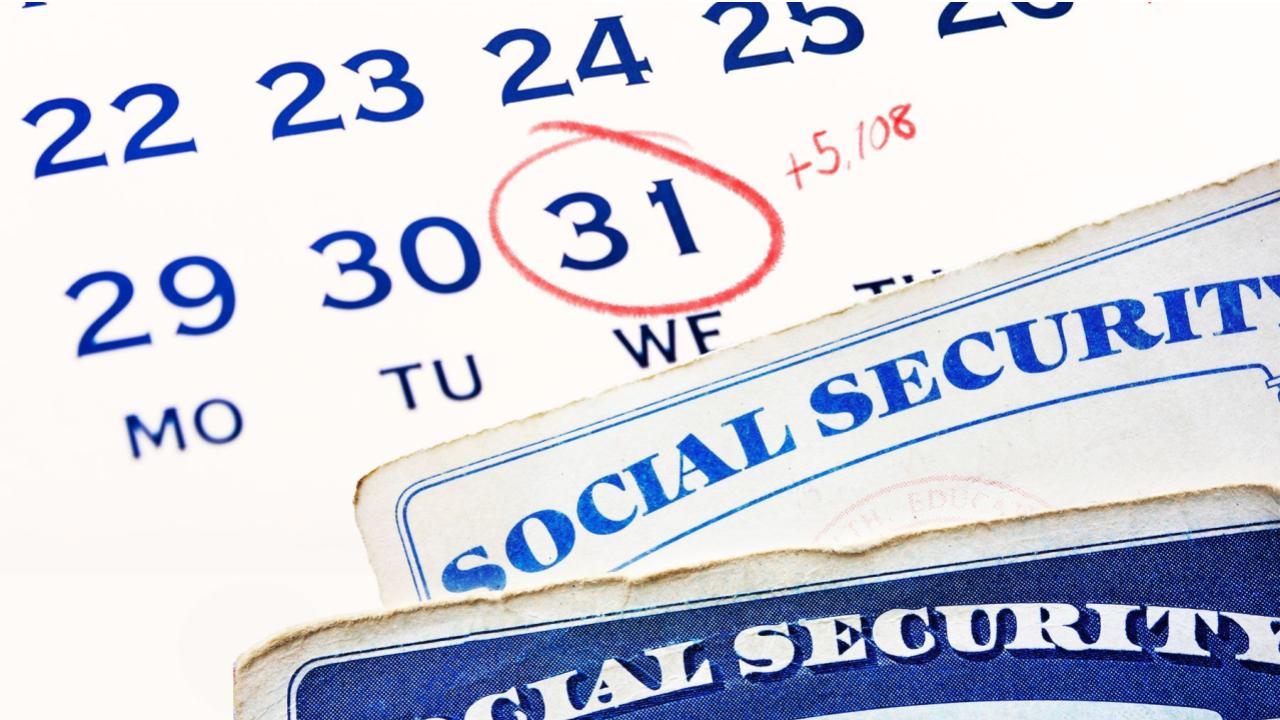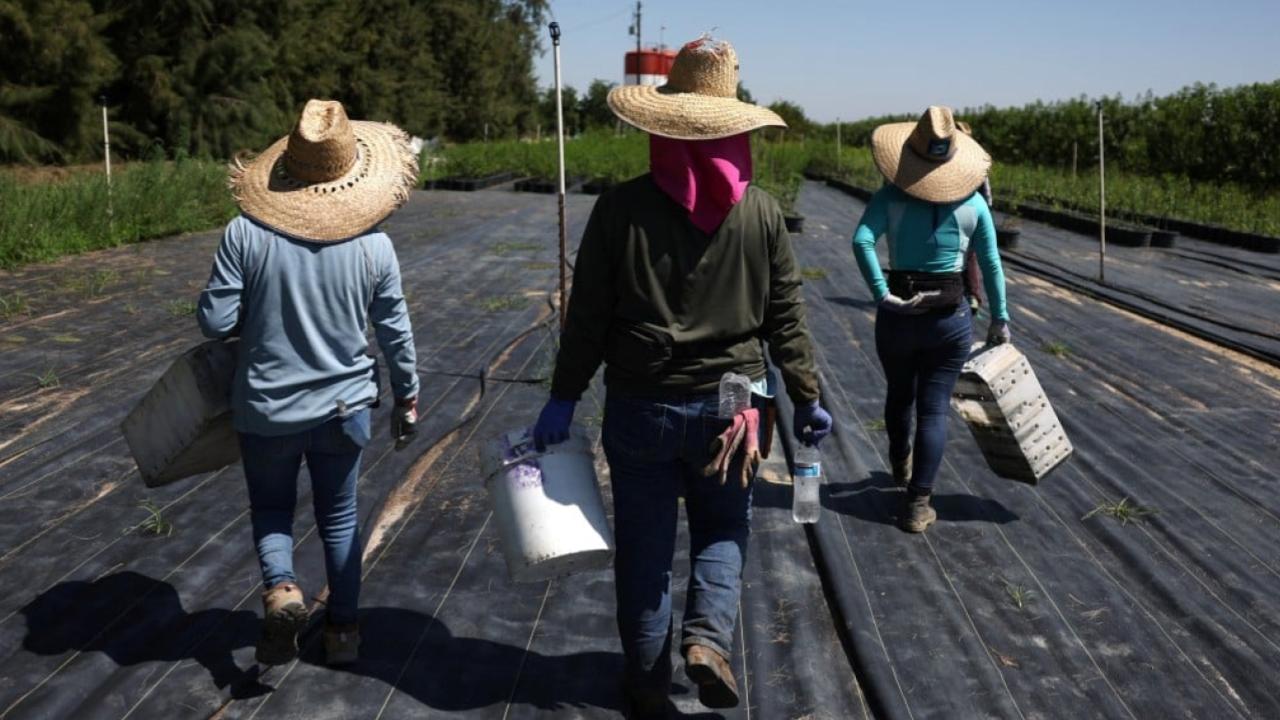If you’ve ever snorkeled in the crystal-clear waters off the Hawaiian coast or seen photos of its glowing underwater rainforests, you’re already familiar with the vibrant, otherworldly beauty of Hawaii’s coral reefs. But that tropical dream is now facing a full-blown crisis. In 2024 and 2025, these once-colorful ecosystems are turning bone white—a heartbreaking sign of a mass coral bleaching event that’s gripping not only Hawaii, but the globe.
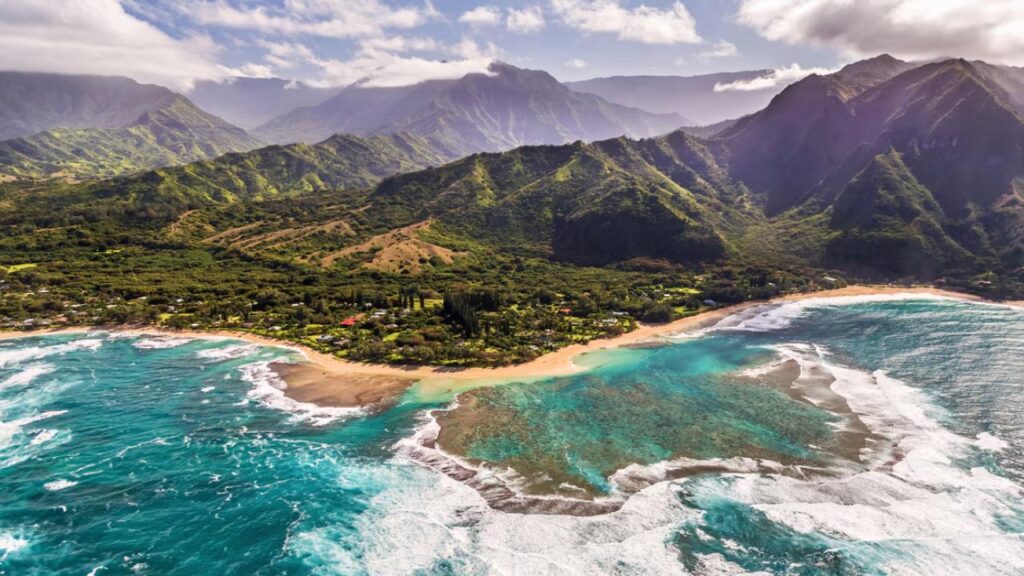
This isn’t just a sad story for nature lovers. It’s a red-alert moment for climate scientists, local Hawaiians, and anyone who relies on the ocean—aka, all of us. The bleaching of Hawaii’s reefs could cripple tourism, harm marine biodiversity, and mess with the entire food chain. Let’s break it all down so you get the full picture—and what we can do about it before it’s too late.
Hawaii’s Paradise Turning White
| Key Detail | Information |
|---|---|
| Event | 2023–2025 Global Coral Bleaching Crisis |
| Impact on Hawaii | Up to 84% of reefs affected; extensive bleaching across Oahu, Maui, and Big Island |
| Cause | Prolonged ocean heatwaves due to climate change |
| Significance | Coral reefs support 25% of marine life and are crucial to Hawaii’s tourism, food security, and shoreline protection |
| Local Restoration Efforts | Coral gardening, AI-based reef mapping, reef-safe sunscreen mandates |
| Estimated Loss Without Intervention | Billions in tourism and biodiversity; irreversible reef collapse within 30 years |
Hawaii’s coral reefs are more than just Instagram-worthy backdrops. They’re living ecosystems holding centuries of biodiversity, cultural wisdom, and economic value. Right now, they’re under siege—not from one cause, but from a global climate emergency that’s heating our oceans beyond survival levels.
The sight of paradise turning white should shake us awake. The time to act isn’t next year or in the next election cycle—it’s now. If you care about oceans, biodiversity, tourism, climate, or the simple joy of seeing a fish dart through a neon reef, this fight is yours too.
What Is Coral Bleaching and Why Is Hawaii Hit So Hard?
Let’s get real—corals aren’t just colorful rocks; they’re living, breathing animals. Coral polyps build reefs by forming a symbiotic bond with algae called zooxanthellae. These algae give corals their colors and provide up to 90% of their energy.
When water gets too hot—even just 1–2°C above normal for weeks—corals get stressed and kick out the algae. Without them, the coral turns ghostly white and, if heat persists, it dies. This is called coral bleaching, and it’s not just a local event anymore—it’s a global emergency.
Hawaii, sitting in the heart of the Pacific, has become a ground zero for this climate-induced catastrophe. NOAA confirmed in early 2025 that Hawaii is experiencing one of the worst bleaching events in its history, largely fueled by record-breaking ocean temperatures in 2024, the hottest year on record.
The Devastating Reality Beneath the Surface
In places like Kaneohe Bay on Oahu and parts of Maui’s west coast, snorkelers are now greeted with reefs that look more like boneyards than rainforests. According to the Hawaii Division of Aquatic Resources, more than 80% of certain reef sections are bleached.
And it’s not just about looks. When coral dies:
Fish populations decline, affecting commercial and subsistence fishing.
Tourism revenue plummets—Hawaii makes over $2 billion/year from reef-related tourism.
Shorelines become vulnerable, as reefs act like natural breakwaters during storms.
According to CBS News, local divers are reporting reefs that “used to be alive with fish, turtles, and color” now appear lifeless.
Why This Isn’t Just About Hawaii (But Why Hawaii Still Matters Most)
The 2023–2025 Global Coral Bleaching Event is the fourth and most widespread bleaching event in recorded history. NOAA has reported that over 84% of coral reefs globally are now showing signs of stress.
But Hawaii is uniquely vulnerable:
- It’s an isolated volcanic archipelago, meaning marine species here are highly endemic (found nowhere else).
- Coral species in Hawaii are slower-growing and less heat-tolerant.
- Hawaii’s economy is deeply tied to ocean tourism and fishing.
This isn’t a drill—it’s a preview of what’s coming for tropical ecosystems worldwide.
Can the Coral Reefs Recover?
That depends. In past events like the 2014–2015 El Niño, some Hawaiian corals did bounce back. But that was under shorter and less severe heat waves.
The trouble now is frequency—back-to-back bleaching events give corals zero recovery time. And once reefs degrade past a certain point, it’s game over.
However, there’s still hope:
- Some “super corals” have been discovered that resist bleaching.
- Restoration projects using coral gardening and artificial reefs are underway across Oahu and Maui.
- Community science initiatives are engaging locals to report bleaching using smartphone apps like ReefCheck.
What’s Being Done Locally—and Is It Enough?
Local scientists and conservationists aren’t sitting on their hands.
1. Reef-Safe Sunscreen Laws
Hawaii has banned sunscreens containing oxybenzone and octinoxate, chemicals that harm coral larvae. Visitors are now urged to use reef-safe sunscreen.
2. Coral Gardening and Artificial Reefs
Groups like the Hawaiʻi Coral Restoration Nursery and NOAA Fisheries are transplanting healthy coral fragments onto dead reefs. These new gardens are being monitored for long-term survival.
3. AI and Drone Mapping
High-tech initiatives, such as AI-powered underwater drones, are mapping reef health in real time. These tools help scientists respond faster to local outbreaks.
4. Indigenous Knowledge Integration
Native Hawaiian traditions emphasize deep respect for nature, or malama ʻāina (care for the land). Restoration efforts now include input from kupuna (elders) and cultural practitioners, ensuring sustainability aligns with local heritage.
What You Can Do to Help—Even If You’re on the Mainland
You don’t need to live in Hawaii to help save its reefs. Here’s how you can be part of the solution:
- Reduce your carbon footprint: Drive less, fly smart, and eat less meat.
- Donate to reef nonprofits: Groups like Coral Reef Alliance and The Ocean Conservancy are on the frontlines.
- Support climate legislation: Push for aggressive U.S. climate policies through calls, emails, and voting.
- Choose sustainable seafood: Download the Seafood Watch app and avoid fish that depend on reef ecosystems.
- Travel responsibly: If you’re visiting Hawaii, stay in eco-friendly resorts and follow all reef protection rules.
Frequently Asked Questions (FAQs)
Q1: Why are Hawaii’s coral reefs turning white?
A: They’re bleaching due to extended exposure to unusually warm ocean temperatures. The heat causes corals to expel the algae that give them color and nutrients.
Q2: Are the reefs dying permanently?
A: Not necessarily. Some corals can recover if stress is removed quickly. But repeated bleaching events reduce the chances of recovery.
Q3: What can tourists do to help?
A: Use reef-safe sunscreen, avoid stepping on or touching corals, and support local businesses that promote sustainability.
Q4: Can anything reverse coral bleaching?
A: The only true solution is to cool the planet—meaning major reductions in global greenhouse gas emissions. Local efforts help buy time, but global change is needed.
Q5: Is this just happening in Hawaii?
A: No. The 2023–2025 global coral bleaching event is affecting reefs across Australia, the Caribbean, Southeast Asia, and more.

